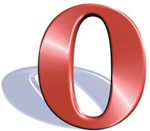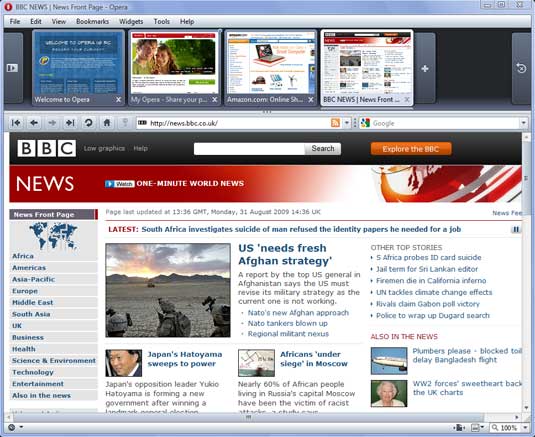 One year ago today, Google released Chrome, a day after the news–at once startling and inevitable-feeling–leaked that it had decided to get into the browser business. (Lest we forget, Chrome remains the only major software product ever to be announced via comic book.)
One year ago today, Google released Chrome, a day after the news–at once startling and inevitable-feeling–leaked that it had decided to get into the browser business. (Lest we forget, Chrome remains the only major software product ever to be announced via comic book.)
Back on September 1st, 2008, I hadn’t yet had the opportunity to try Chrome and knew very little about it, but was so excited about the news that I cranked out a post called Ten Questions About Google Chrome. A year later, it’s easier to answer most of them. Shall we? (I skipped recapping question #3, which involved me wondering whether Google had given Mozilla a heads-up it was working on a browser.)
1. Will Google stop promoting Firefox? It’s been known to use the Google homepage to tell IE users they should be running Firefox, and it distributes a version of Firefox with the Google Toolbar built in. You gotta think that it’ll redeploy some or all of its Firefox-boosting energies to drumming up interest in Chrome.
One year later: Yeah, it stopped promoting Firefox. The companies still have a mutually beneficial relationship, since Google remains Firefox’s default search engine, and revenues from the ads displayed with search results helps fund Firefox development. And you can still get Firefox–optionally–as part of Google Pack. But Chrome is now Pack’s default browser, and there’s no question which product Google is rooting for in Browser War 2.0. (Hint: It’s the one with “Google” in its name.)

 [UPDATE AS OF 2:30PM TECHNOLOGIZER TIME: Gmail is back up, at least for me.]
[UPDATE AS OF 2:30PM TECHNOLOGIZER TIME: Gmail is back up, at least for me.] You gotta think that if Google’s
You gotta think that if Google’s  AllThingsD’s Peter Kafka is reporting on a
AllThingsD’s Peter Kafka is reporting on a  From its
From its  If you buy a new Sony VAIO computer, you’re going to get a new browser. No, Internet Explorer isn’t going anywhere. But Financial Times is reporting that
If you buy a new Sony VAIO computer, you’re going to get a new browser. No, Internet Explorer isn’t going anywhere. But Financial Times is reporting that 
 Opera 10, the newest version of the browser that’s
Opera 10, the newest version of the browser that’s 
 Once again, I’ve guest-blogged over at
Once again, I’ve guest-blogged over at  Way back in August of 1999–hey, that was a decade ago, in a different century!–I was lucky enough to visit
Way back in August of 1999–hey, that was a decade ago, in a different century!–I was lucky enough to visit